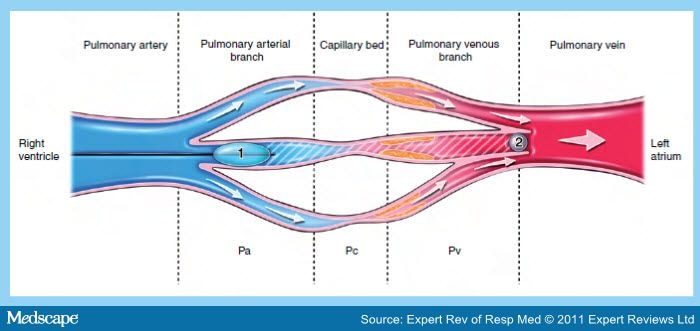

In conclusion, this is the first study to obtain normal values of the blood pressure response to the Valsalva manoeuvre and PCWP in healthy elderly subjects, which is essential for the interpretation of patient data. After inflation of the anti-G garment, the areas under the Receiver Operator Characteristics curves of SBPR, PPR and SVR for elevated (> or = 15 mmHg) PCWP were >0.85 in supine position. Rhonchi b A patient has a lung problem caused by dysfunction in the pores of Kohn.
#PULMONARY CAPILLARY WEDGE PRESSURE PROFESSIONAL#
What assessment finding by the healthcare professional would be most consistent with this reading a. We investigated the performance of end-expiratory PAWP in the evaluation of precapillary pulmonary hypertension patients. However, this recommendation is not universally followed and may not be physiologically appropriate. From the blood pressure response, measured with Finapres, the systolic blood pressure ratio (SBPR), pulse pressure ratio (PPR), stroke volume ratio (SVR) and heart rate ratio (HRR) were calculated. Current guidelines recommend measurement of pulmonary artery wedge pressure (PAWP) at end-expiration. Before inflation, PCWP was 9.8 +/- 1.9 mmHg in supine and 8.9 +/- 2.1 in semi-recumbent position. Therefore, 28 healthy subjects, aged 70 +/- 4 years, performed Valsalva manoeuvres before and after anti-G garment inflation, which was used for temporary increase of PCWP. We aimed to obtain normal values of PCWP and the blood pressure response to the Valsalva manoeuvre in elderly subjects. Furthermore, normal values of the Valsalva manoeuvre are lacking. However, this has never been studied specifically in the elderly, in whom the prevalence of heart failure is highest. Pulmonary arterial hypertension (PAH) is defined as a mean pulmonary arterial pressure (mPAP) of 25 mm Hg at rest and a pulmonary capillary wedge pressure (PCWP) of 15 mm Hg, 1 assuming a normal left ventricular filling pressure (LVFP). The blood pressure response to the Valsalva manoeuvre is related to pulmonary capillary wedge pressure (PCWP) and can be used to diagnose heart failure. Background Accurate determination of left ventricular filling pressure is essential for differentiation of pre-capillary pulmonary hypertension (PH) from pulmonary venous hypertension (PVH). This fixed relationship helps explain the difficulty of reducing total right ventricular afterload by therapies that have a modest impact on mean R(PA).


 0 kommentar(er)
0 kommentar(er)
